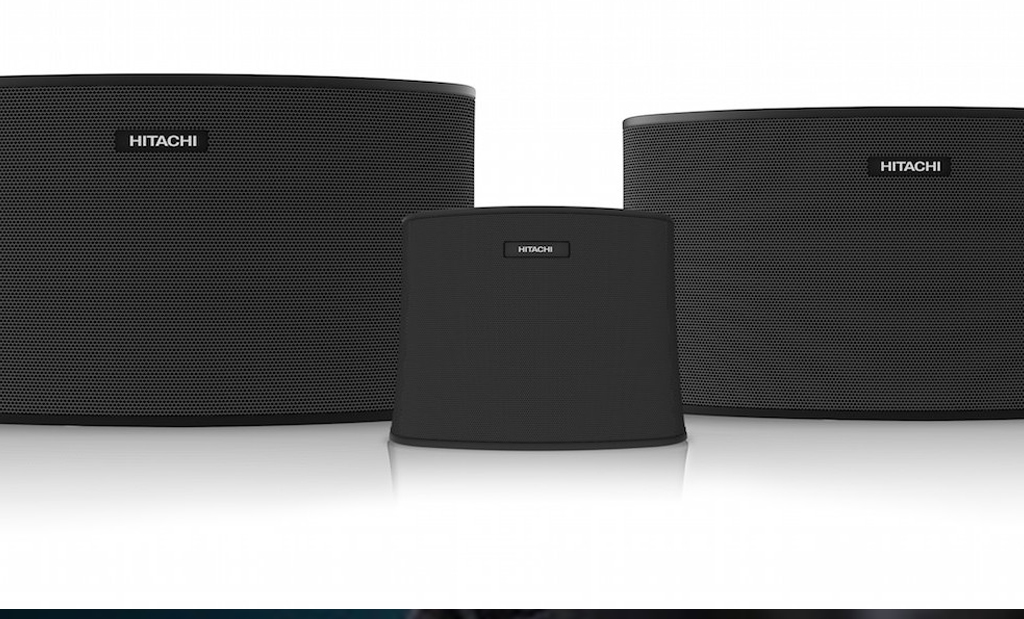Privacy and security have been hot buttons of mine, as regular readers no doubt have picked up. As a consequence, I’m asked to check out authentication apps nearly as often as I’m asked if I want fries with that.
Authentication technologies that restrict access to smartphones and tablets are becoming an increasingly important tool for IT in the unending quest to protect valuable digital assets. More employees are using mobile devices as portals into company data, which makes them tempting targets for hackers. The challenge for IT is to find authentication software that is both secure enough to be an effective gatekeeper and convenient enough that employees won’t mind using it.
That combination has proven to be elusive. Most of the apps out there employ the device’s rear-facing camera for face recognition, which is cool when it works. But it can be downright infuriating when it doesn’t. And you can rest assured that, sooner or later, it won’t work. Lighting can challenge the apps, as can glasses, hats, haircuts, scarves and sunburns.
Face recognition isn’t alone in that regard; just about every biometric authentication source invariably confronts challenging environments that confound the algorithms. One weekend a few months back, for example, I painted my little boat trailer with Rust-Oleum and the fingerprint scanner on my Samsung Galaxy S5 didn’t know it was my hands for three days.
Late last year, I got the first pitch I’ve heard that acknowledges that face recognition does not perform well in all situations. Sensory, which develops voice and vision biometric technology for consumer products, approached me about its new authentication app called AppLock. AppLock, which is available beginning today on the Android Play Store, leverages the smartphone’s microphone as well as the camera to employ both voice and vision to authenticate users. (If you’re having trouble with the link on your smartphone or tablet, just search the Play Store for “Applock Sensory.”)
That’s a critical distinction. When you challenge the app by wearing a Stetson at dusk, AppLock doesn’t get stuck. It quickly moves onto Plan B and summons voice recognition. And if you happen to be in a place where it’s inconvenient or embarrassing to cite your passphrase aloud, AppLock will always let you enter a PIN, pattern or password.
One cool thing is that the app learns from those situations. If you unlock an app with your voice or pass phrase, AppLock figures out that the last view of you was a good one. So it incorporates it into its decision-making smarts. I’ve been using AppLock for a few weeks now, and have watched it get progressively more adept at identifying me. I haven’t tried the Stetson, but AppLock now knows what I look like with sunglasses.
If convenience takes a back seat to security, you can change the settings so that AppLock requires both face and voice recognition. It also lets you choose which apps you want AppLock to guard.
AppLock is more of a demonstration vehicle than an end-game for Sensory, which licenses technologies to a wide variety of companies, including smartphone makers, wireless carriers, PC manufacturers and even toy companies. AppLock is built around its latest biometric recognition technology, called TrulySecure. Thus far, the Sensory has only released AppLock as an Android app. But it has TrulySecure SDK’s for iOS, Windows and Linux as well as for Android.
With its dual biometric factors, AppLock comes closer to the security-and-convenience ideal than I’ve ever seen. And with its ability to learn from its mistakes, it’s getting closer to that ideal all the time. That’s a critical piece of the puzzle. Take it from me: the last thing you want to do when you wake up is comb your hair into place just so you can read email on your phone.
** This is an updated version of the original, which was published in USA TODAY. **




